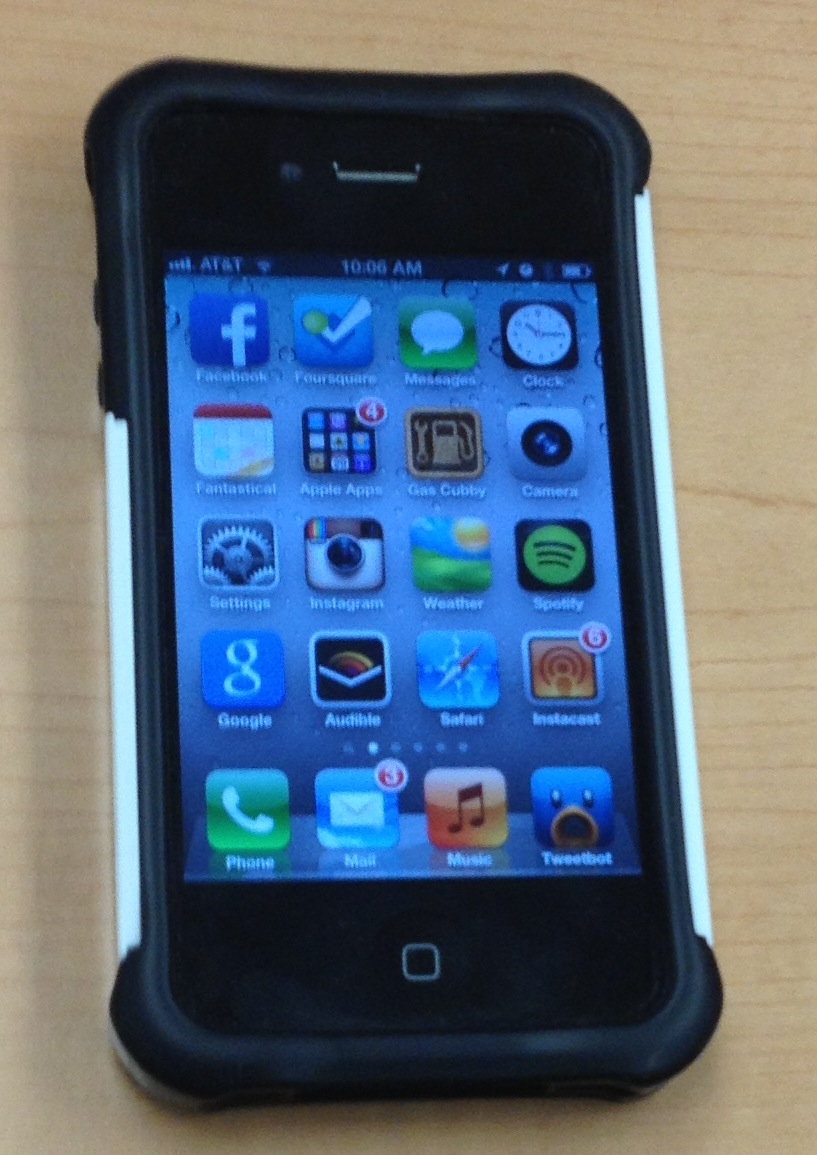Smartphones,Urban Legends, and Grandmas
The geospatial community is so used to the growing use of geospatial technologies that it is easy to assume that everyone around you has been as immersed in how it works. We take it for granted that everyone knows SmartPhones have geo-tagging or are location based, because it is the heart of many geospatial technologies that people use everyday. We also assume that people know how to turn geo-tagging on and off on their SmartPhones. I was therefore surprised when several people I know posted this “Warning!!!! If you take photos with your cell phone” and were highly concerned about geo-tagging – because they had no idea that many of the applications they use on their SmartPhone use location based information. 
After I double checked that the post was made in 2013 and not when the technology was new, I watched the action news report that was getting so many people upset. It looks like it is a few years old and the information isn’t up to date. However, it is from a credible news show, so it is easy to understand why it would scare people. Snopes.com, the urban legends reference page, says that the “Claim: Photos taken with smartphones can provide others with the locations of the children pictured” is TRUE. It isn’t until you scroll down to the very last paragraph that there is a few paragraphs saying that, “However, this isn’t really a “new” danger (the news video linked above is nearly four years old), and the potential for harm is much less now than it was when the story was originally reported.” It then goes on to talk about critical geospatial thinking and how geo-tagging works. So my normal technique of directing people to Snopes.com to clarify misinformation wouldn’t work, because it spends more paragraphs reinforcing their fears than explaining how current location based technologies work.
Media response to the viral post on Smartphone security has moved between alarmist articles on several blogs, to more balanced articles such as, “How To Shield Yourself From SmartPhone Snoops” in The New York Times, or “How to Keep Your Smartphone Safe” in the Boston Globe, and other news sites, to “I can’t believe that we are rehashing this old news again” in many of the comments to any article mentioning the risk. I read some articles that were simplistic but good, some that made me laugh because they were almost a Troy McClure parody of an education reel, and some that made me roll my eyes because they were so off base. What I didn’t find were any that I felt offered a good enough explanation to send to someone who is panicking because they don’t know anything about geospatial technologies.
You’re probably going to rightfully ask yourself, “well where is your article or video that explains it?”” The answer is that this is a hard concept to explain. I realized that that the response to people you care about, who are concerned their safety is at risk, shouldn’t be fear-mongering or an eye roll, but a good discussion about the pros and cons of using geospatial technology and an explanation of how it works. I am still trying to find that fine line between “explaining it in a way that your grandmother will understand” or putting someone to sleep, but I feel that I am improving with each person I talk with about geospatial technologies.
